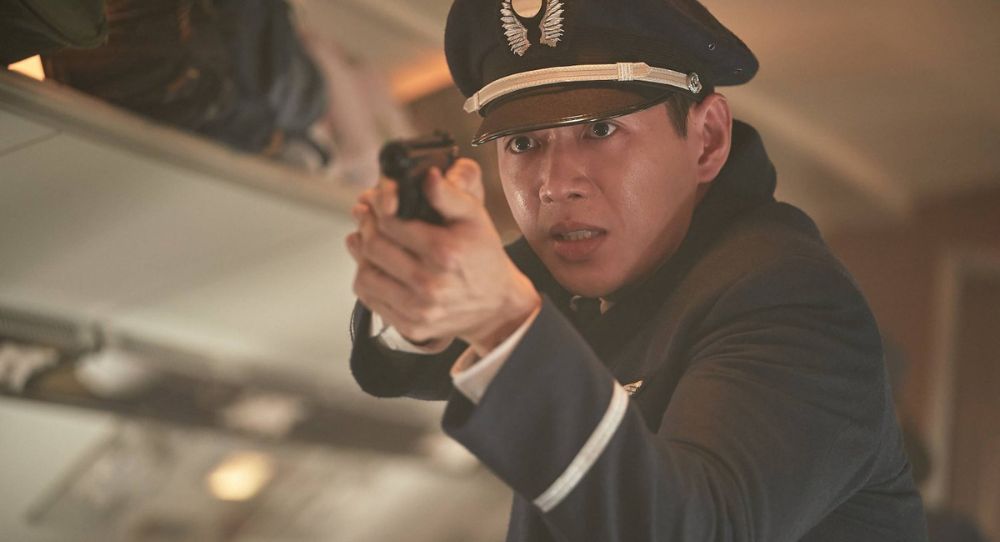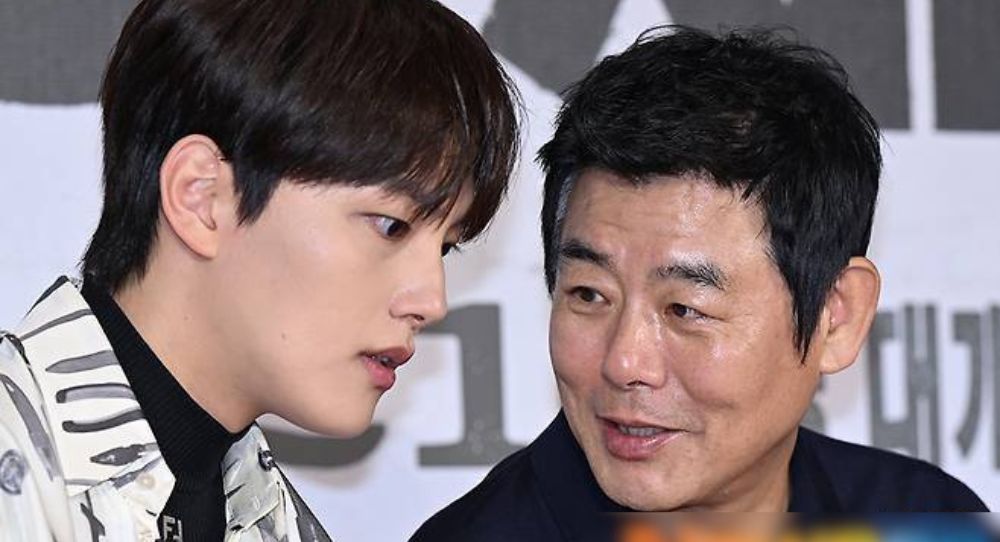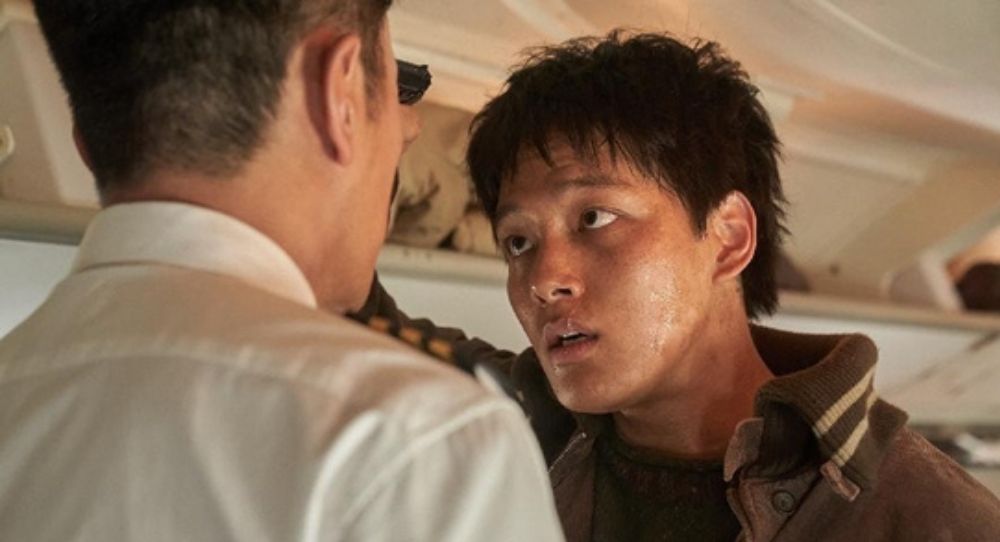
On June 17th, Yeo Jin Goo shared insights about his role in the movie 'Hijacking' during an interview at a café in Samcheong-dong, Seoul.
'Hijacking' tells the gripping story of a South Korean airliner hijacked in 1971.
Yeo Jin Goo tackled the role of Yoo Dae, a hijacker who has faced discrimination and contempt throughout his life. His portrayal of this complex villain role has been highly anticipated since his debut.
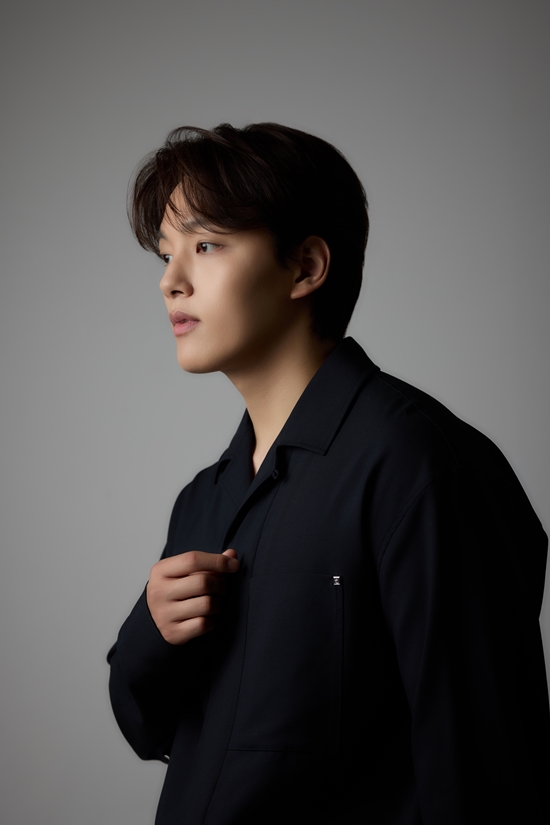
Speaking about his appearance in the film, Yeo Jin Goo remarked, "Perhaps due to my sleepy eyes, sometimes they look fierce when I raise them slightly. There were moments during filming when I had to look down."
He continued, revealing, "This time, it felt like I could fully open my eyes. I didn't realize my eyes had so much white or that my iris was small. It was a new experience for me. There were moments when I felt my gaze was chillingly intense."
When asked about the emotional challenges of playing a villain, Yeo Jin Goo explained, "Since childhood, I've been trained to separate roles from real life, so portraying a villain wasn't particularly difficult."
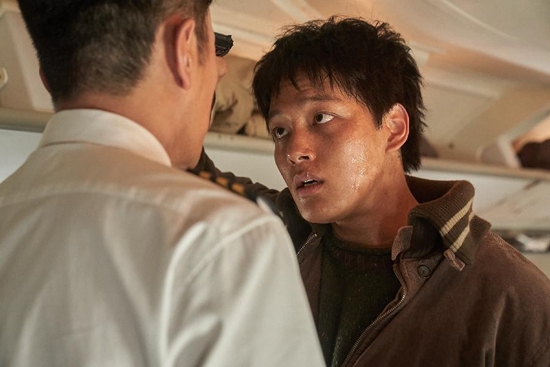
He elaborated, "This has been emphasized since 'Hwayi' (2013). Instead of merging with the character, I needed to maintain a distance to fully immerse myself."
Reflecting on the character Yoo Dae, Yeo Jin Goo shared, "Through this villainous role, I simply wanted to portray that even villains are human. Among the roles I've played, this is the one I felt most compelled to live."
He added, "Given the era depicted in the film, survival seemed impossible, and options were limited. I had to tread carefully not to immerse myself too deeply into the character."
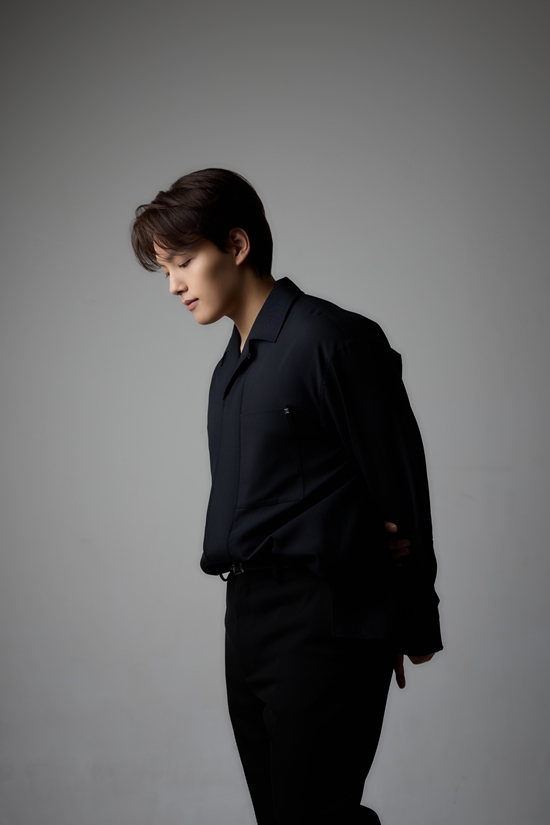
Yeo Jin Goo expressed his hope that audiences recognize the character Yoo Dae rather than himself. He said, "I would be happy just to hear compliments like 'Jin Goo portrayed the role well.'"
Regarding his image as the 'nation's little brother', Yeo Jin Goo laughed, saying, "It feels like soon people won't refer to me as the 'nation's little brother' anymore, so I'm enjoying it while it lasts."
He concluded, "This role in 'Hijacking' challenged me to step out of my usual upright and good-guy roles. I hope viewers appreciate my performance and enjoy the film."
'Hijacking' is set to premiere in theaters on June 21st.
Source [1]


